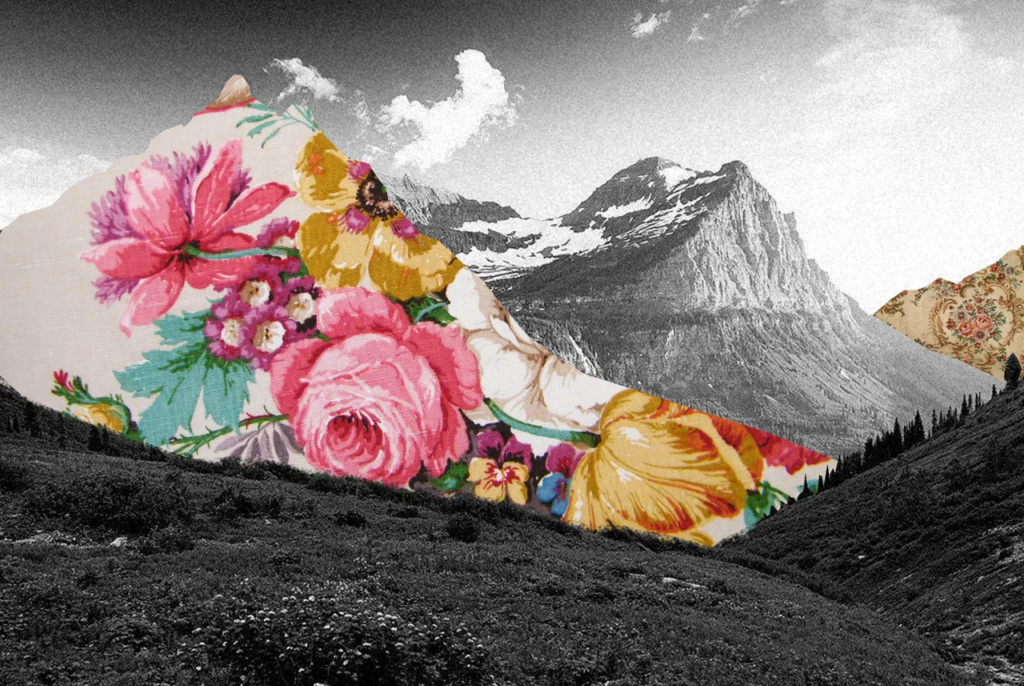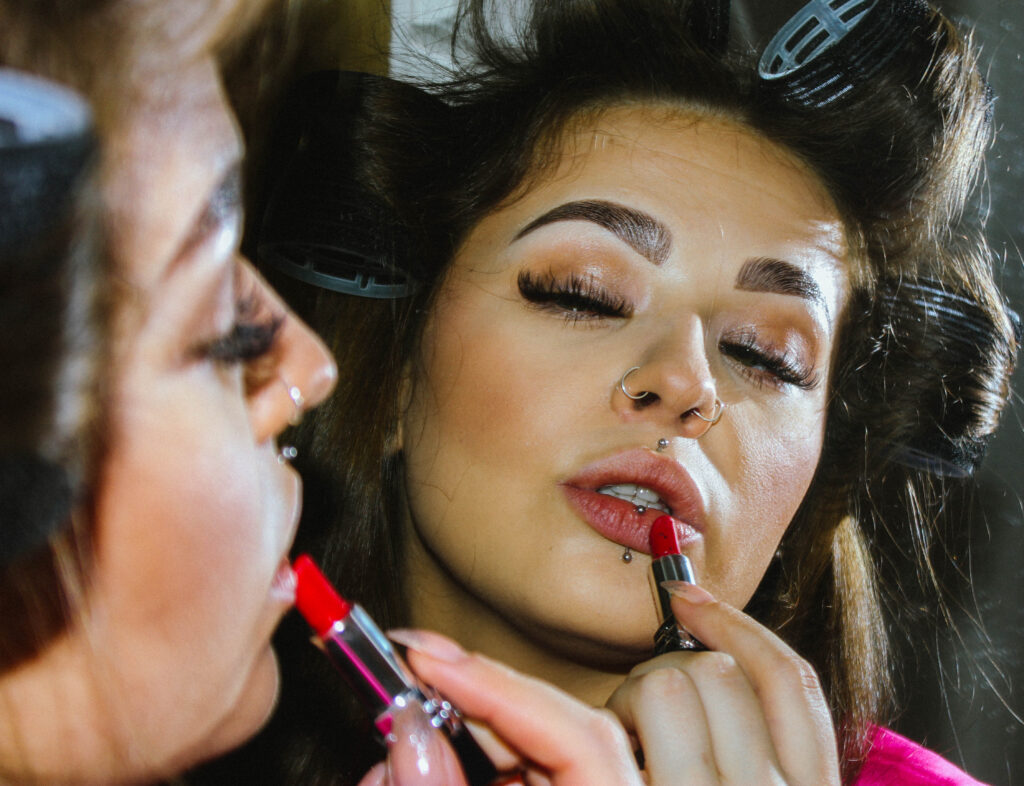





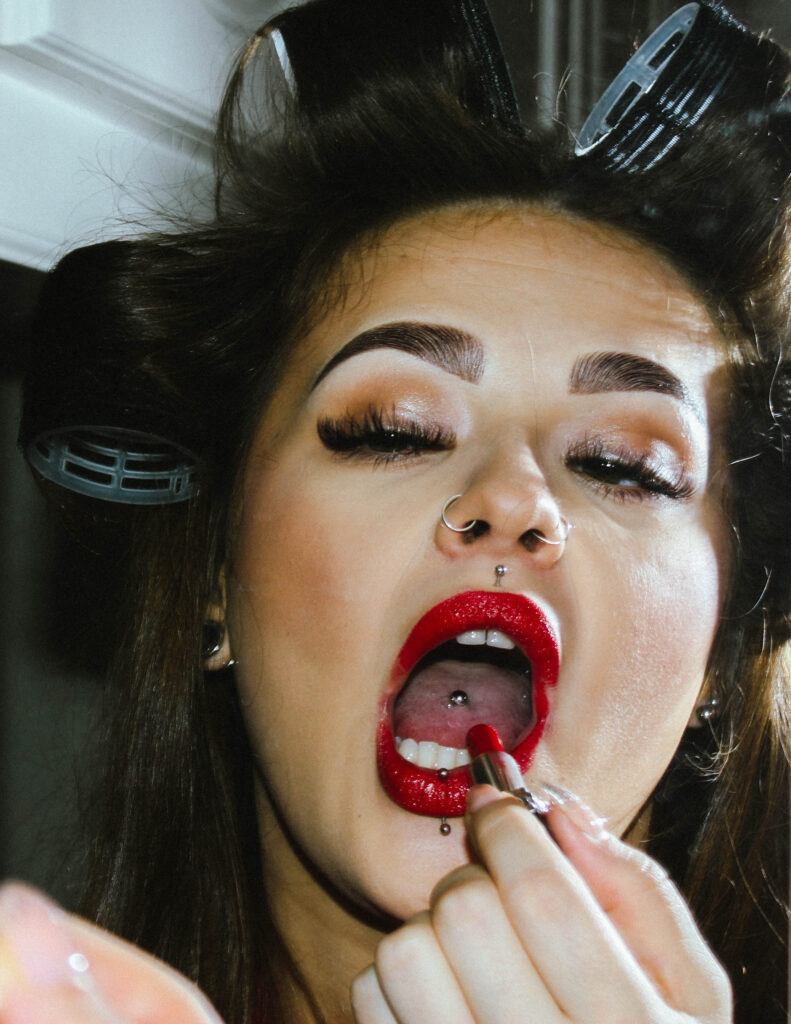
Chosen Layout

Images in Online gallery

Other Final Images
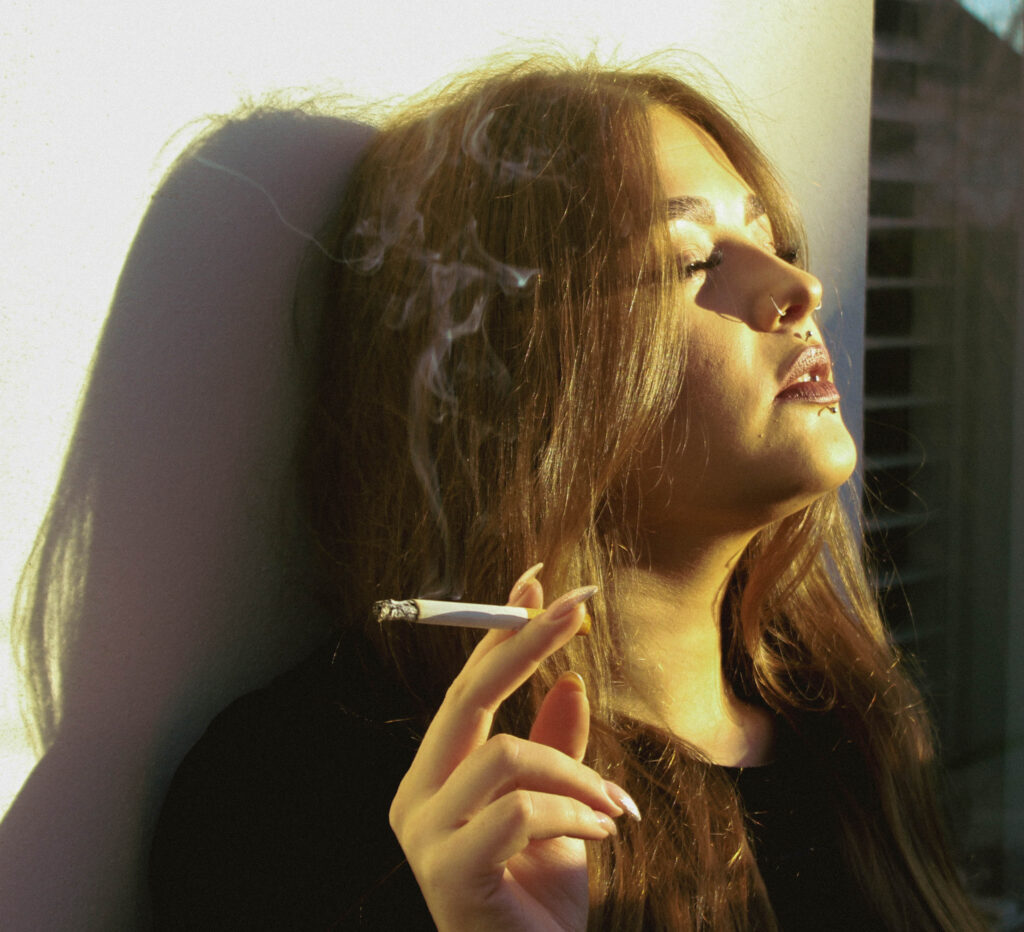


Chosen Layout
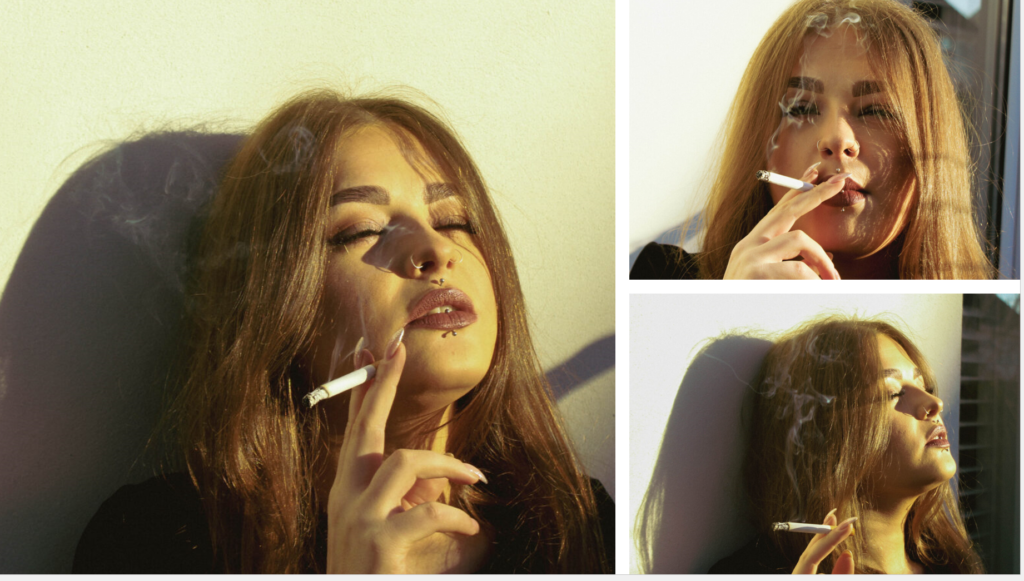
Images in Online Gallery
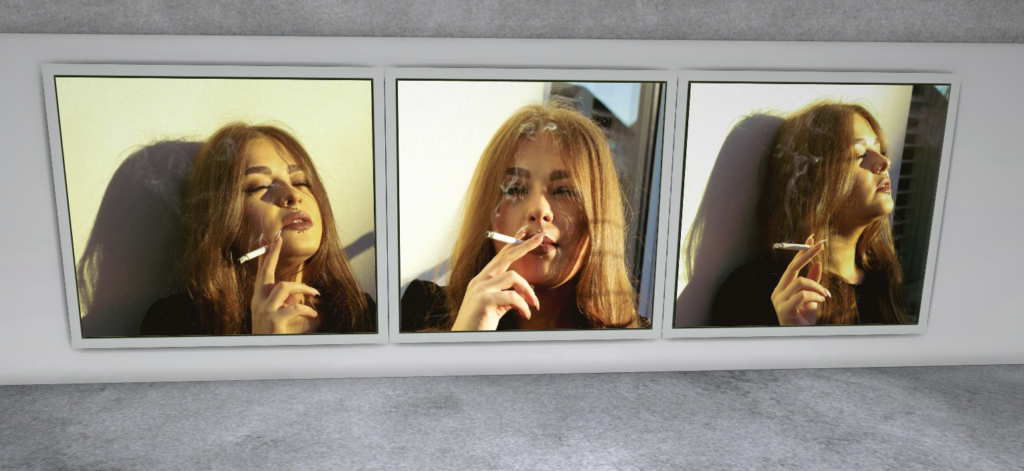














What is Romanticism?
Romanticism is the Romantics celebrated the spontaneity, imagination, and the purity of nature. Along with these elements it also incorporated a deep feeling of emotion as an authentic source of experience. Romanticism was a reaction against the Enlightenment and against 18th-century rationalism and physical materialism in general. Romanticism emphasized the individual, the subjective, the irrational, the imaginative, the personal, the spontaneous, the emotional, the visionary, and the transcendental.
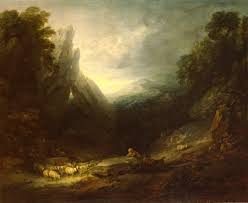
What is the Sublime?
The Sublime is a western concept of ‘the exalted’ of ‘beauty that is grand and dangerous’. The Sublime refers to the wild but beautiful side of nature. The Sublime is related to agony and to pain, and it is spaces where things happen beyond the need of human control and human manipulation to nature. It overwhelms the viewer, but also excites them with the image.
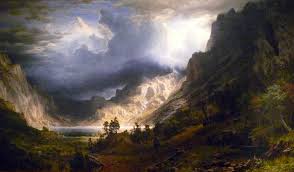
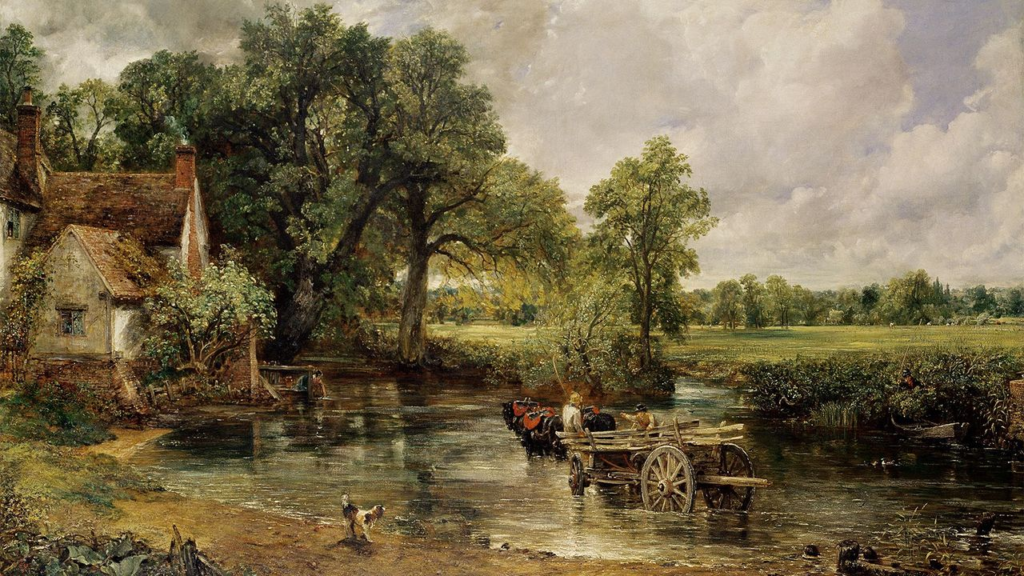
This painting is a 6ft landscape made in 1821 named the Hay Wain, which is a classical painting, and is not mundane. Previously, it was called the ‘Noon’, but they changed it. This image is very diverse for it’s time, as landscape wasn’t a very popular genre to paint/ draw. This image consists of very small details planted throughout, so you have to look closely. John’s father was a land owner, so John grew up around nature and had a very environmental life. This image represents the industrial time period where it was a common ideology that machines were taking over. However, this image challenges this as it shows the beautiful side to the time period, and it makes this more significant as this was not a typical landscape that was seen. This image creates a connection between farmers and the land, which therefore makes the image romantic and personal. Especially as John’s father was a farmer, it really connects John to the landscape. Lastly, the rough textures from the paint can link to the textures of the actual texture. For example, the texture for water is similar to the water in real life.

J.M.W. Turner was a British painter who lived in the late 1700s and early 1800s. He is known for painting powerful and emotional pictures of nature. Turner liked to paint the sea, the sky, and the weather. He often showed things like storms, sunsets, and ships in rough water. His paintings showed both the beauty and danger of nature. As he got older, his style became more loose and blurry, and his work later inspired modern artists.
Any expanse of natural scenery that can be seen from one viewpoint is also called a landscape. The artistic meaning of landscape is the earliest, dating from the 1600s.

When did landscape emerge as a genre in western culture?
After the fall of the Roman Empire, the tradition of depicting pure landscapes declined, and the landscape was seen only as a setting for religious and figural scenes. This tradition continued until the 16th century when artists began to view the landscape as a subject in its own right.
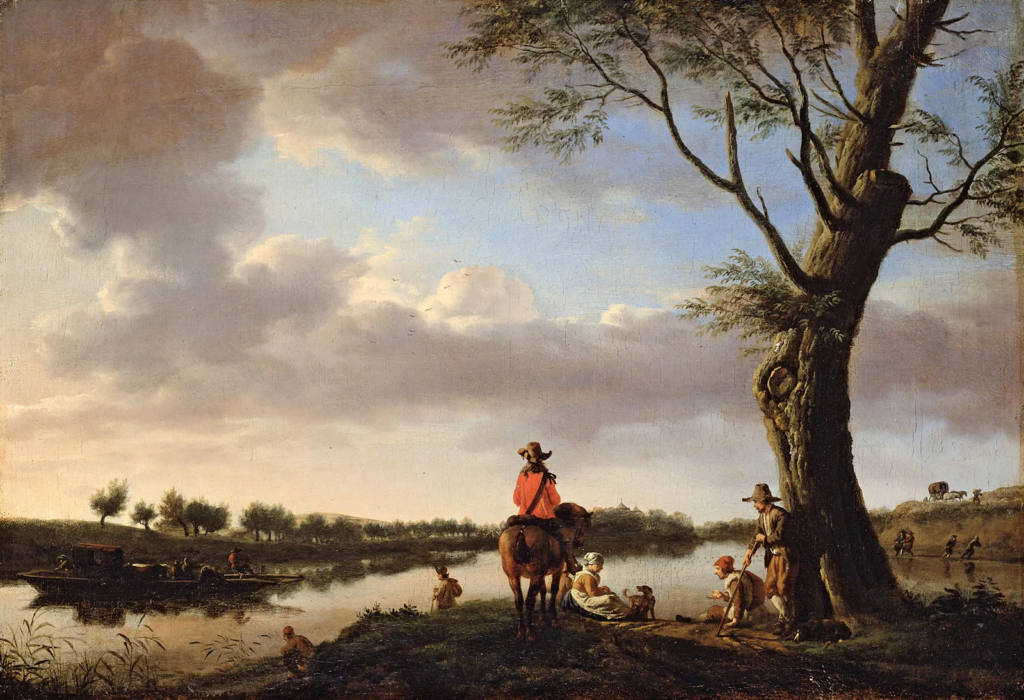
When did classical landscapes emerge as a genre?
In the 17th century the classical landscape was born. These landscapes were influenced by classical antiquity and sought to illustrate an ideal landscape recalling Arcadia, a legendary place in ancient Greece known for its quiet pastoral beauty.
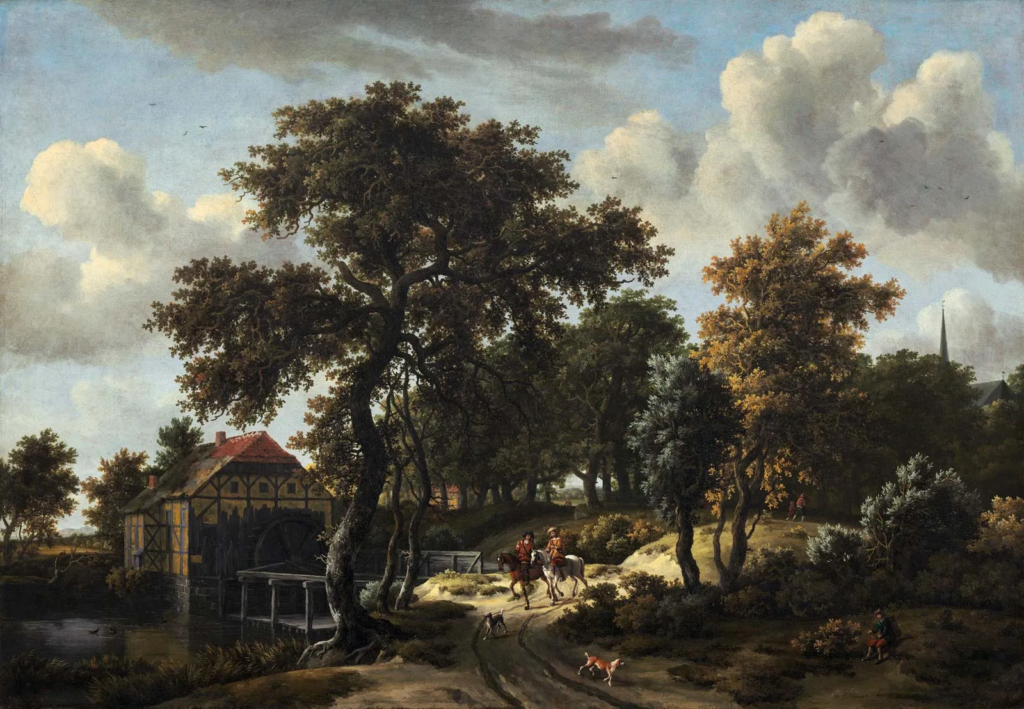
What prompted the rise of Landscape Art during the late 18th / 19th century?
Subsequently, religious painting declined throughout the rest of Europe in the 18th and 19th centuries. That fact, combined with a new Romanticism — which emphasized emotion, individualism, and the glorification of nature — promoted landscapes to a prestigious place in art that continues to this day.

When did landscape photography originate?
According to records, the earliest known evidence of a landscape photograph was taken between the years of 1826 and 1827. It was an urban landscape photo taken by a French inventor by the name of Nicephore Niepce.
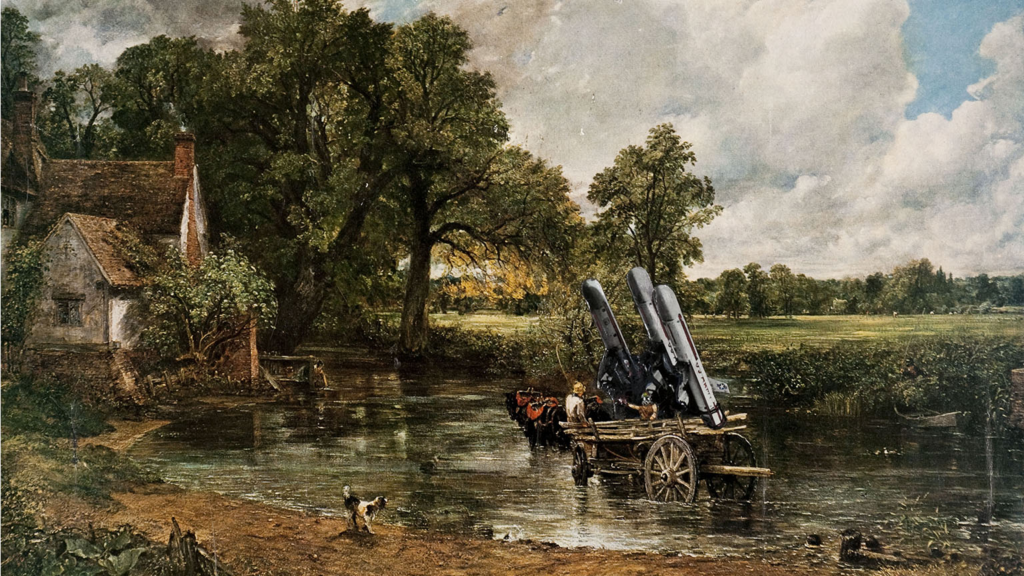
My Photoshoot: Contact sheet
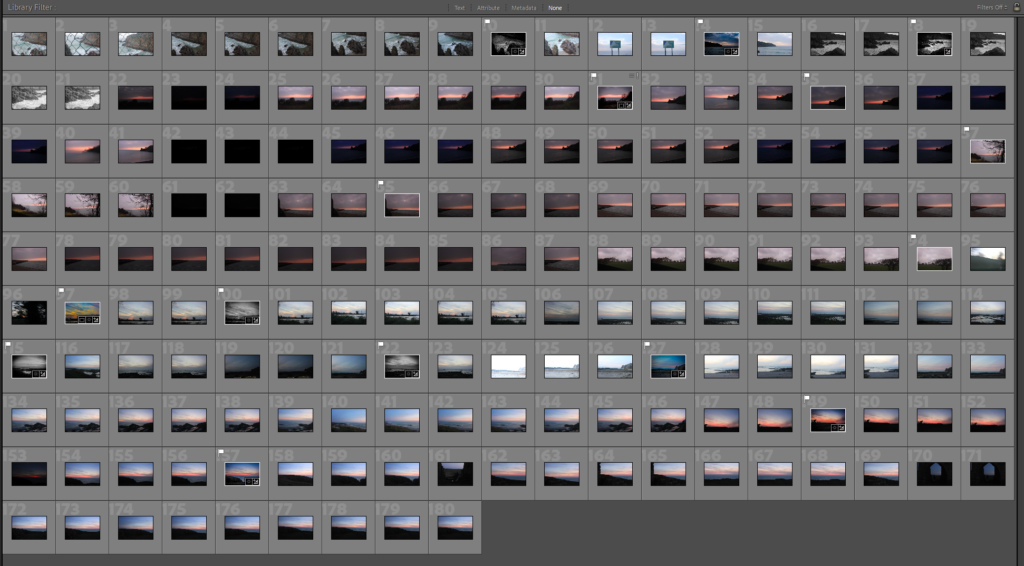
I decided to use lightroom to present all of my images, I have used filters to flag all the images i wish to edit or have already edited.
Experimenting with editing (before and after)
To edit my images, I decided to use lightroom as it has the options to change my images into HDR photos (high dynamic range). All of my photos were taken either at Plemont beach, Gorey and St Ouens, and were all taken either at sunrise or sunset to capture a more dramatic sky and lighting. I experimented with different shutter speeds, ISO, and exposures to capture the best images I could and to see what settings would make my images look the best. On a few of the images, the exposure is too low which made them quite dark, considering the scene was already quite dark at the time, so I had to increase the highlights and shadows in my editing to make sure I get all the details I can. I tried to use exposure bracketing on a couple of my images so that I could merge the 3 different exposures together to allow for more dynamic range and achieve a balanced exposure in all areas of the photo. Since I did not have a tripod, quite a few of my images were not in focus, but I was able to fix that by increasing the texture and making the foreground look a bit more unblurred. In future, I will ensure that I use a tripod or surface to steady my camera and compensate for the longer shutter speed.
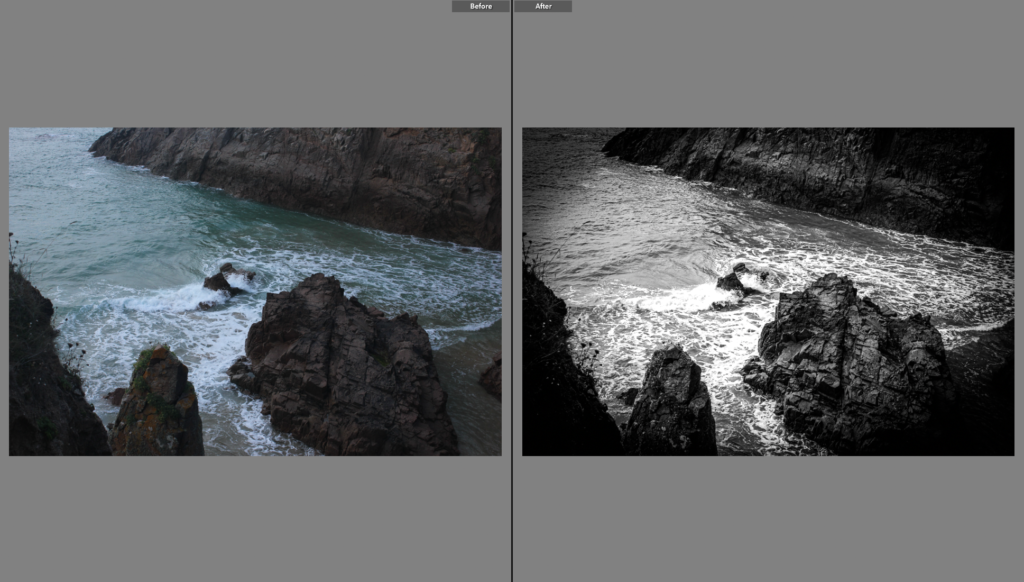
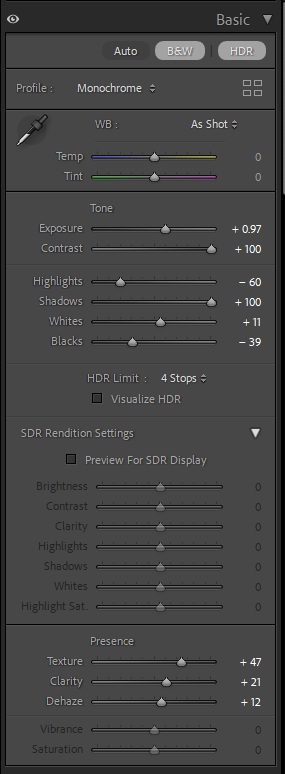
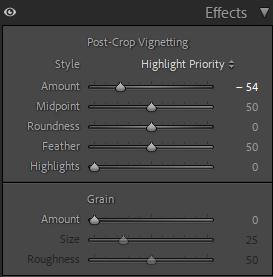
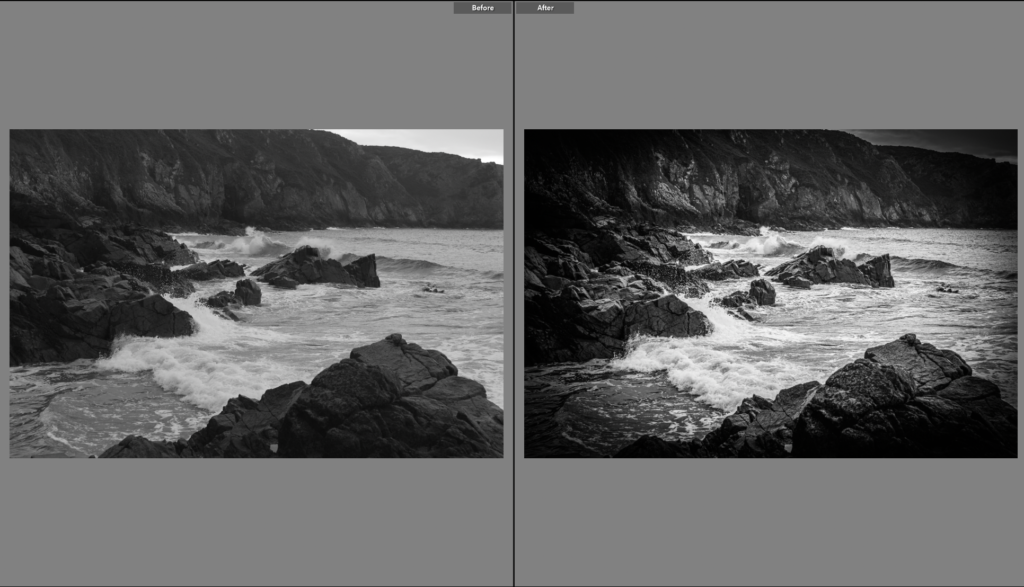
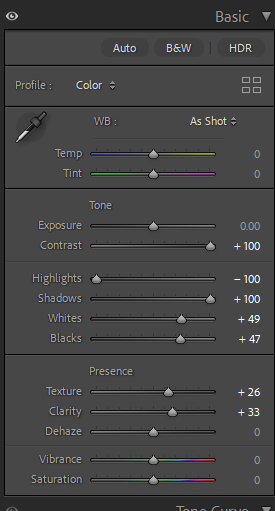
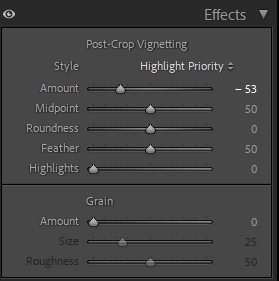
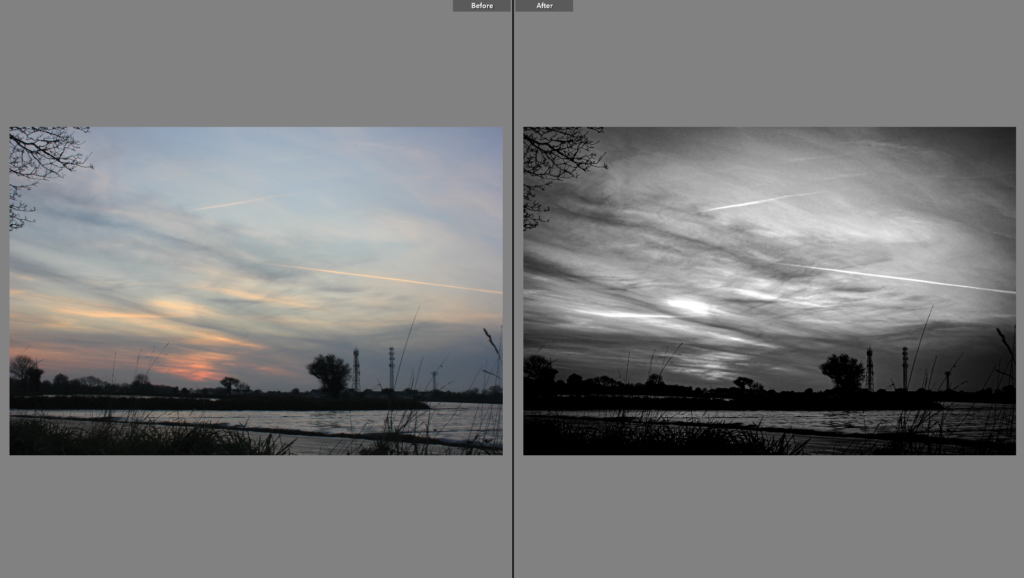
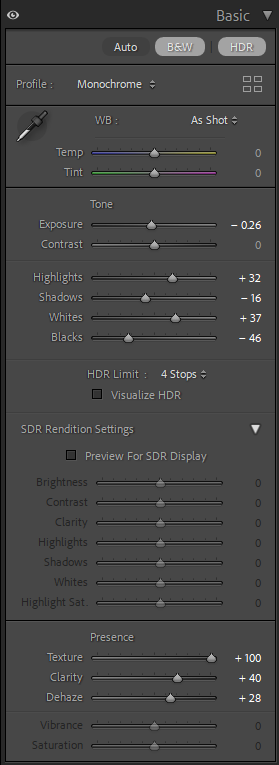
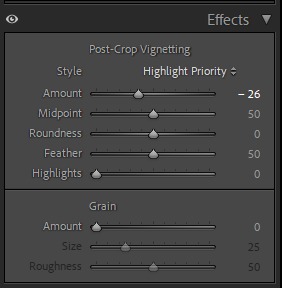
With the three photos above, I decided to make them look more dramatic by putting them in black and white, I lowered the exposure and increased the contrast. I used two different setting on the tone of my image, with the shadows and highlights depending on how the image was in the first place and i ended up adding a vignette to add more depth.
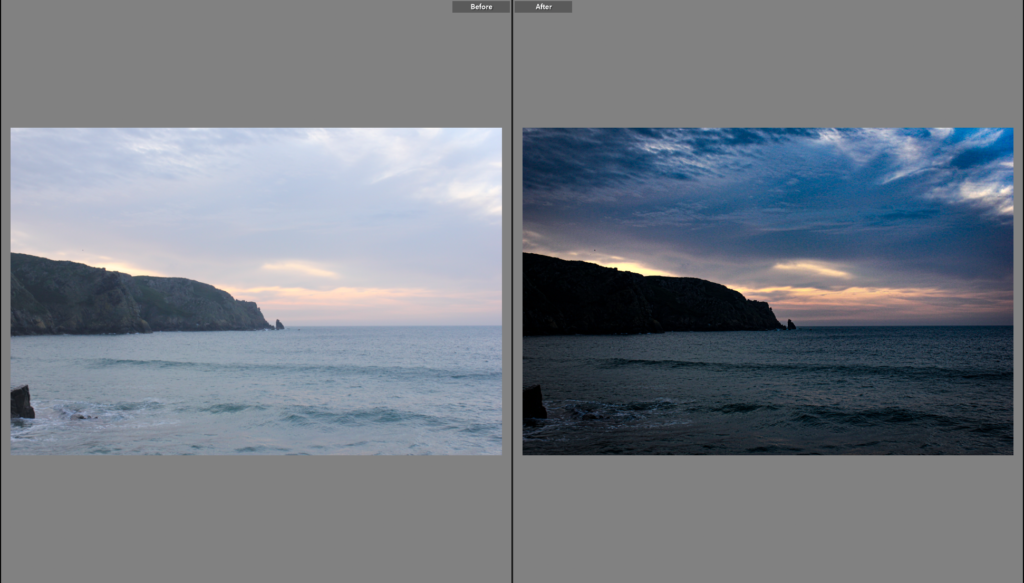
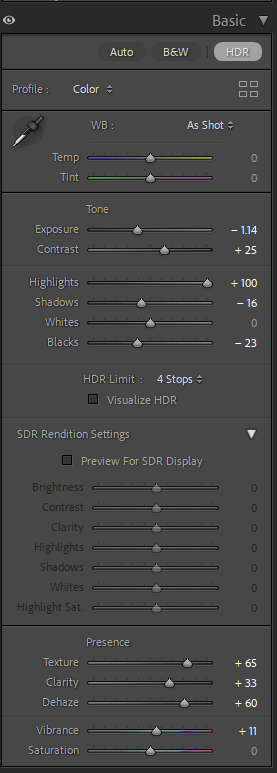
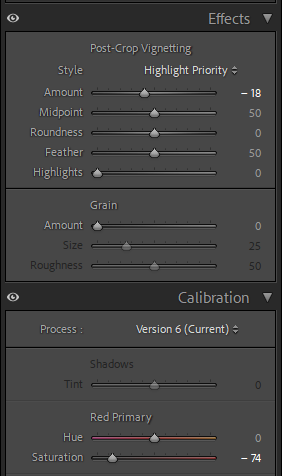
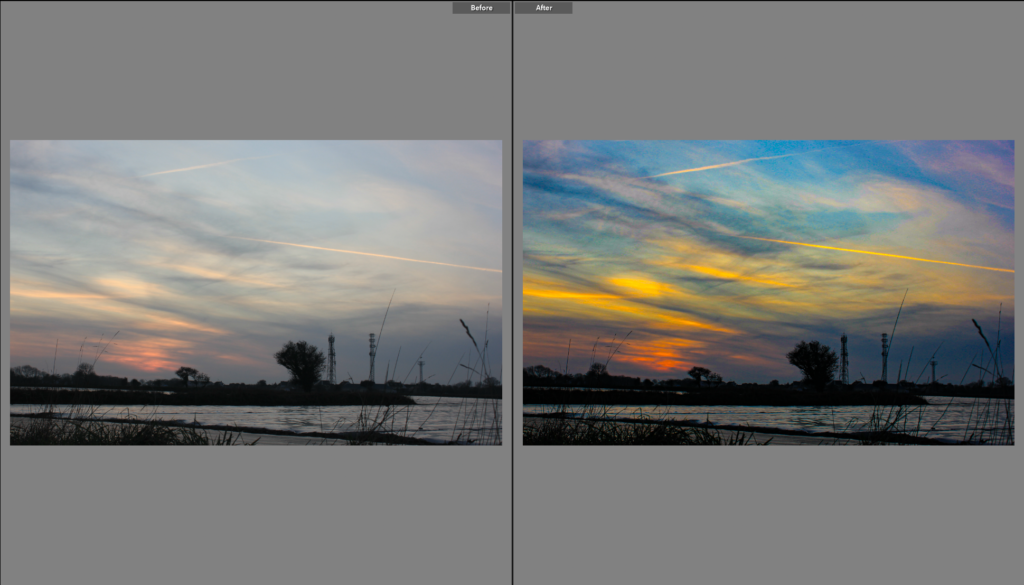
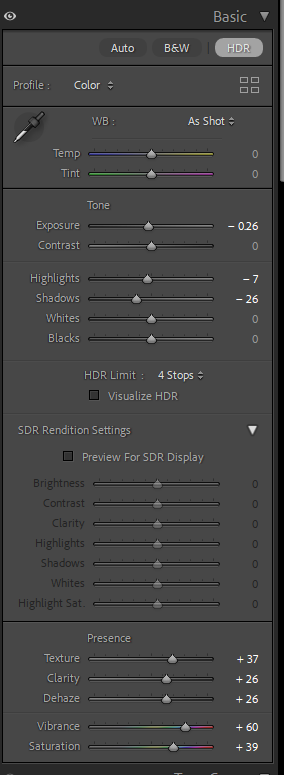
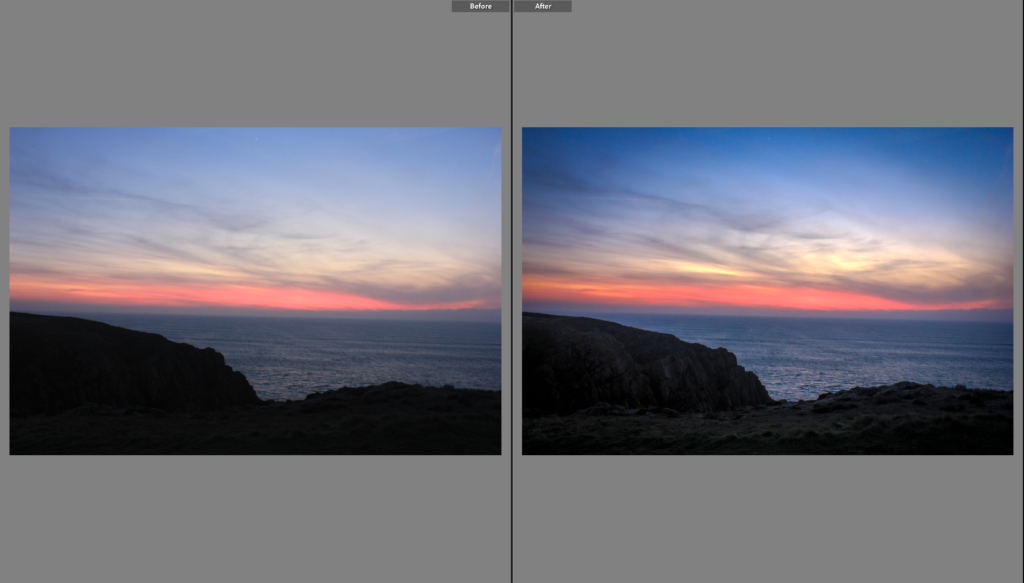
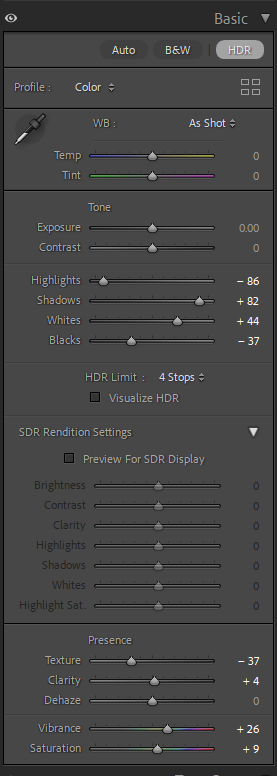
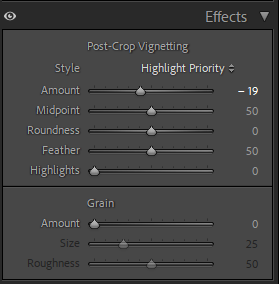
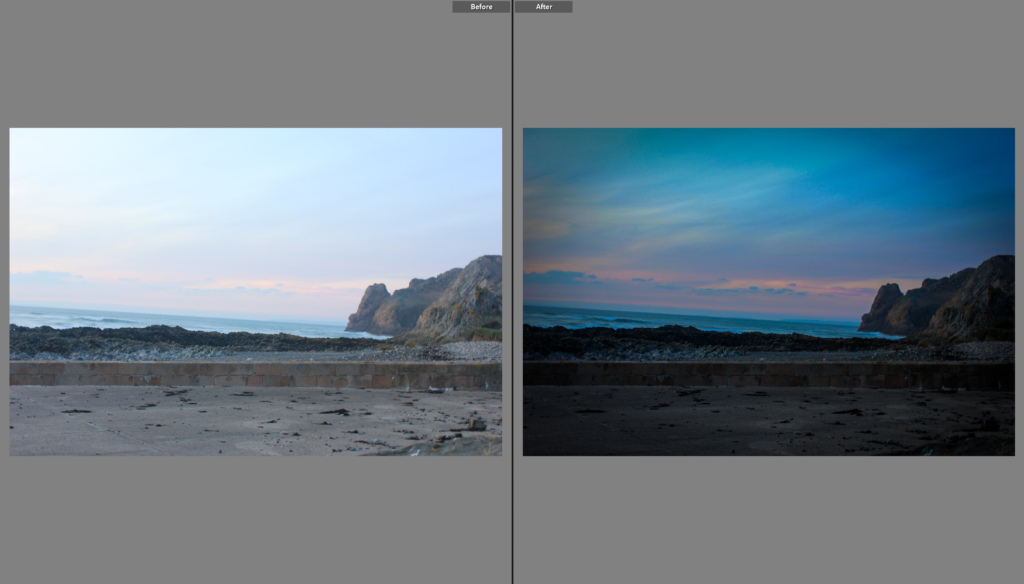
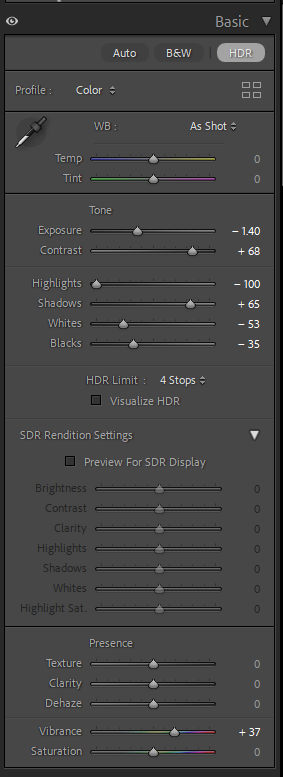
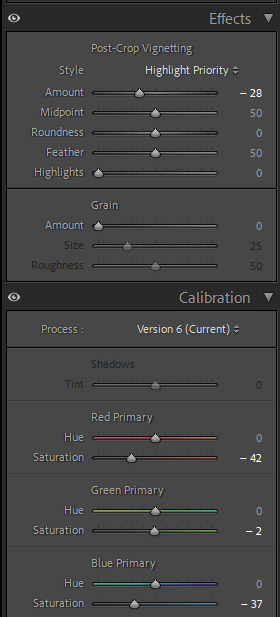
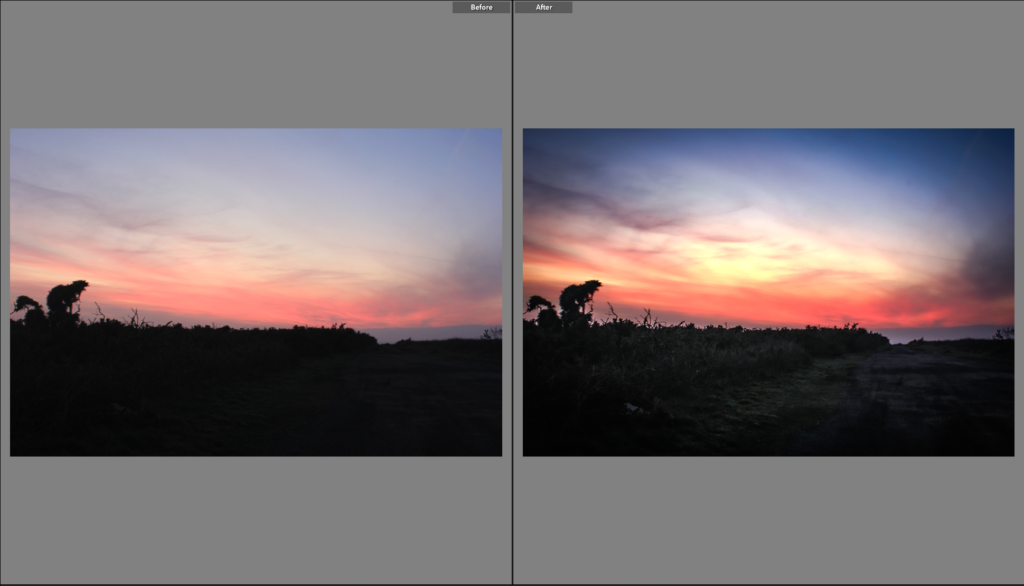
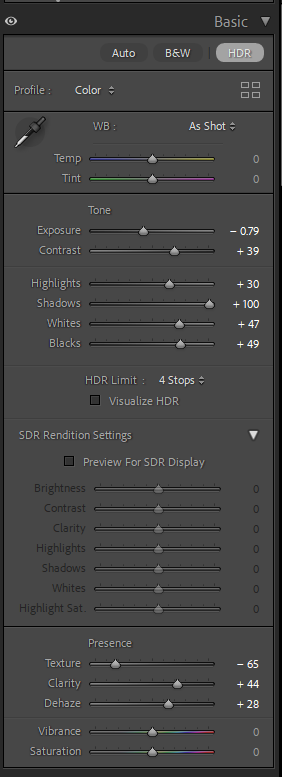

For these three, i decided to make them a bit brighter but also still dramaticise them. I increased the vibrance and saturation of the images and the shadows and whites. I decreased the highlights and blacks. I also decreased the vignette of the image to make it look more dramatic.
Final images
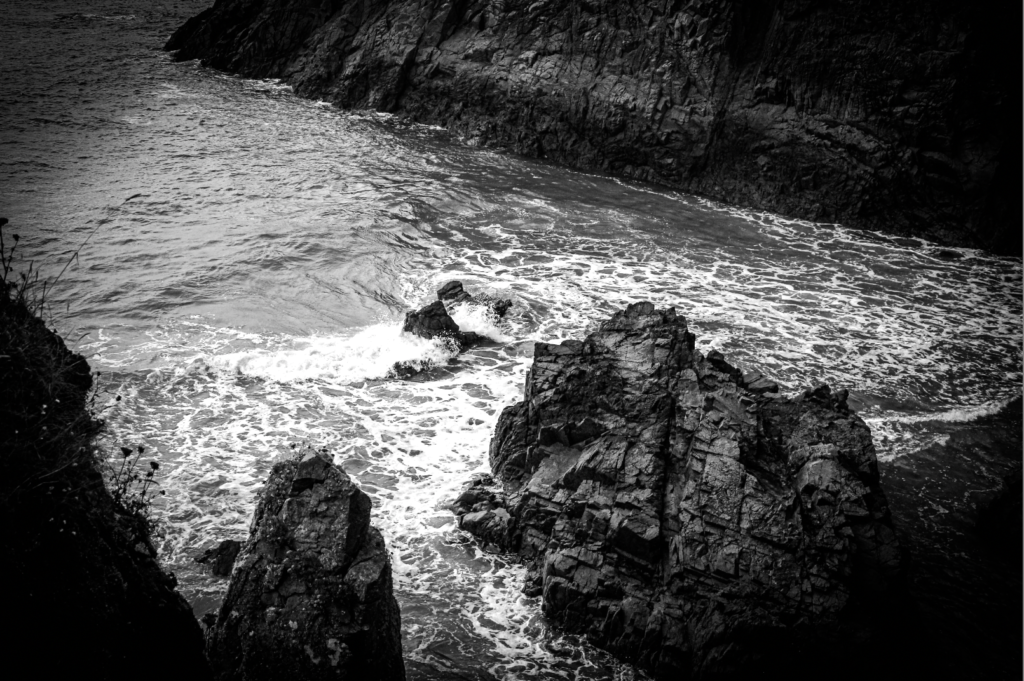
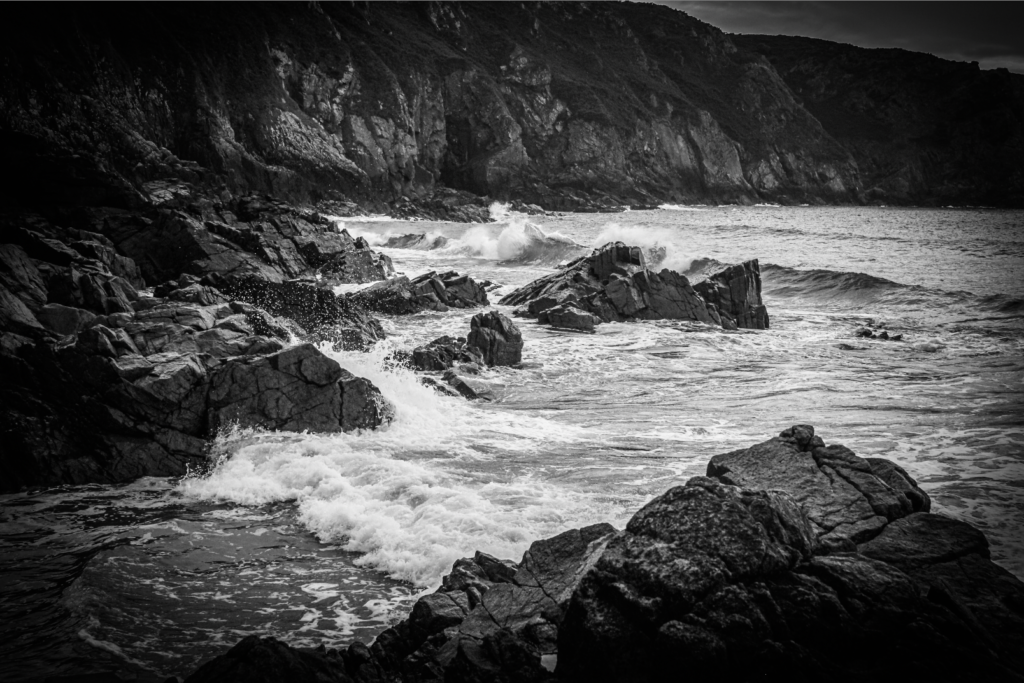





Virtual Gallery


A landscape is the visible features of an area of land, it’s landforms, and how they integrate with natural or human-made features, and are mainly considered in terms of their aesthetic appeal.

After the Roman Empire fell, the tradition of picturing pure landscapes declined, and the landscape was only seen as setting for religious and figural scenes. This tradition continued until the 16th century when artists began to view the landscape as a subject in its own right.
In the 17th century the classical landscape was born. These landscapes were formed by a classical antiquity and were needed to illustrate an ideal landscape recalling Arcadia, a legendary place in ancient Greece known for its quiet pastoral beauty.

Religious painting was limited throughout the rest of Europe in the 18th and 19th centuries. Romanticism prompted the rise of art during theses centuries. Romanticism — which emphasized emotion, individualism, and the glorification of nature.

The earliest known information of a landscape photograph was taken between the years of 1826 and 1827. It was an urban landscape photo taken by a French inventor by the name of Nicephore Niepce. He took the earliest surviving image of a view of his house it was from a window. His house was called Chalons-sur-Saone, need an exposure of 8 hours.


The term “landscape” actually derives from the Dutch word landschap, which originally meant “region, tract of land” but acquired the artistic connotation, “a picture depicting scenery on land” in the early 1500s (American Heritage Dictionary, 2000).
Landscape photographs typically capture the presence of nature but can also focus on human-made features or disturbances of landscapes.
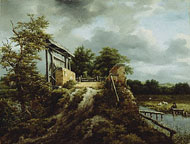
Artists have been painting the landscape since ancient times. The Greeks and Romans created wall paintings of landscapes and gardens capes. After the fall of the Roman Empire, the tradition of depicting a pure landscapes declined, and the landscape was seen only as a setting for religious, figural scenes. This tradition continued until the 16th century when artists began to view the landscape as a subject in its own right. The artistic shift seems to have corresponded to a growing interest in the natural world sparked by the Renaissance.
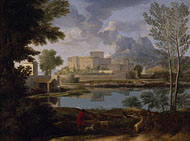
In the 17th century the classical landscape was born. These landscapes were influenced by classical antiquity and sought to illustrate an ideal landscape recalling Arcadia, a legendary place in ancient Greece known for its quiet pastoral beauty. The Roman poet Virgil had described Arcadia as the home of pastoral simplicity. In a classical landscape the positioning of objects was contrived; every tree, rock, or animal was carefully placed to present a harmonious, balanced, and timeless mood. The classical landscape was perfected by French artists Nicolas Poussin + Claude Lorrain. Both artists spent most of their careers in Rome drawing inspiration from the Roman countryside. Italy, at the time, was the preferred location for many artists, who often travelled there with patrons on the Grand Tour. Poussin, who in his early years focused his talent on history painting, came later in life to believe that landscapes could express the same very powerful emotions as the human dramas depicted in history paintings. From that point on, he worked to elevate landscape to a much higher status.
During the 18th century, Italy continued to be a popular source of inspiration for landscape artists, as the Grand Tour’s popularity increased and peaked in the later half of the century. France + England became the new centres of landscape art, although the ideals of 17th-century Dutch and Italian landscapes, including the classical model, retained popularity. While landscapes were often commissioned by patrons, the subject remained low in the hierarchy of the academies, particularly at the Académie Royale in France, an incredibly powerful organization that set the standards for what was taught
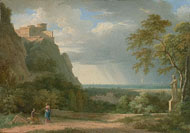
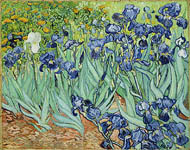
In the late 18th century, Pierre-Henri de Valenciennes changed the tide for landscape painting in France. Like Poussin, he saw landscape painting as worthy of the status of history painting and worked to convince the Academy and his contemporaries. In 1800 he published a ground-breaking book on landscape painting, Elements de perspective practicum. this book emphasized the aesthetic ideal of the “historic landscape,” which has to be baced on the study of real nature. The success of the book pushed the Academy to create a prize for “historic landscape” in 1817. The next generation of French landscape painters would benefit greatly from Valenciennes’ efforts. Among them was Jean-Baptiste-Camille Corot, who was heavily influenced by the historic landscapes of Valenciennes and by his own travels in Italy.
The 19th century held many milestones for the history of landscape art. As the Industrial Revolution altered the traditions of rural life, the old hierarchy of subjects vanished. Throughout Europe + North America landscape painting gained a new supremacy. Barbizon painters such as Théodore Rousseau and Charles Daubigny became less concerned with idealized, classical landscapes and focused more on painting out-of-doors directly from nature, a practice known as plein air painting.
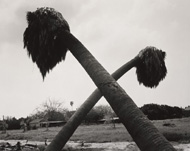
in the 19th century is when the birth of landscape photography, which would greatly influence the landscape painters’ compositional choices. Revolutionary artists surfaced, like Gustave Courbet, who pushed the boundaries of landscape painting even further by making it both a tactile + visual experience. Courbet’s radical painting techniques and independent spirit paved the way for the next generation of painters to break from the Academy, the Impressionists. The Impressionists, consist of artists including Claude Monet, Camille Pissarro, Auguste Renoir, and Alfred Sisley, would devote most of their careers to studying and painting the landscape, working most often out-of-doors. The influence of Courbet’s distinct use of paint and the way he structured his landscape views extended well beyond Impressionism, deeply impacting the work of Cézanne and Van Gogh, which also impacted painters within 20th century.
In the early 20th century, painters continued to embrace the landscape. As photography gained acceptance as an art form, artists used the medium to create interpretations of the land through pictorialist effects and, later, through formal compositions of close-up, cropped views of the landscape. In America, photographer Ansel Adams captured the country’s attention with his breathtaking views of the wild beauty of the American West. Even though the major artistic movements of the mid-20th century were no longer dominated by the landscape as a subject, the genre’s importance continued as artists responded to fears of increased industrialization, the threat of global destruction, and ecological disasters.
The term “landscape” actually derives from the Dutch word landschap, which originally meant “region, tract of land” but acquired the artistic connotation, “a picture depicting scenery on land” in the early 1500s. It is a wide view of a natural aesthetic like mountains, trees, or fields, which can all be classed as landscapes. It can also refer to artwork or photos showing this kind of view, or to the horizontal layout of a page or screen.

In the 17th century the classical landscape was born. These landscapes were influenced by classical antiquity, and wanted to illustrate an ideal landscape recalling Arcadia, a legendary place in ancient Greece known for its quiet pastoral beauty. Landscape became a separate art genre in Western culture during the 17th century. While landscapes appeared earlier in Renaissance art as backgrounds, it wasn’t until the 1600s that artists began painting nature as the main subject and the main focus of many art pieces.

The rise of landscape art during the 18th and 19th centuries was influenced by societal and cultural shifts. The idea of romanticism was a key part, as artists began to focus on emotion, individual experience, and nature, to portray their thoughts into their artwork. Many art projects would either be very dramatised and over the top or peaceful and natural. At the same time, the Industrial Revolution led to individuals desiring nature again, as society was focused on manufactures and factories, which led to artists painting nature in landscapes.
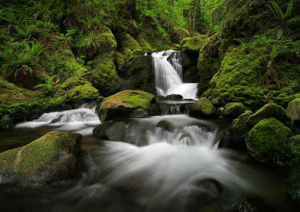
Countryside – rural living:
Slow shutter speed water experiments:
You can achieve this using IPhone’s ‘Live’ setting:
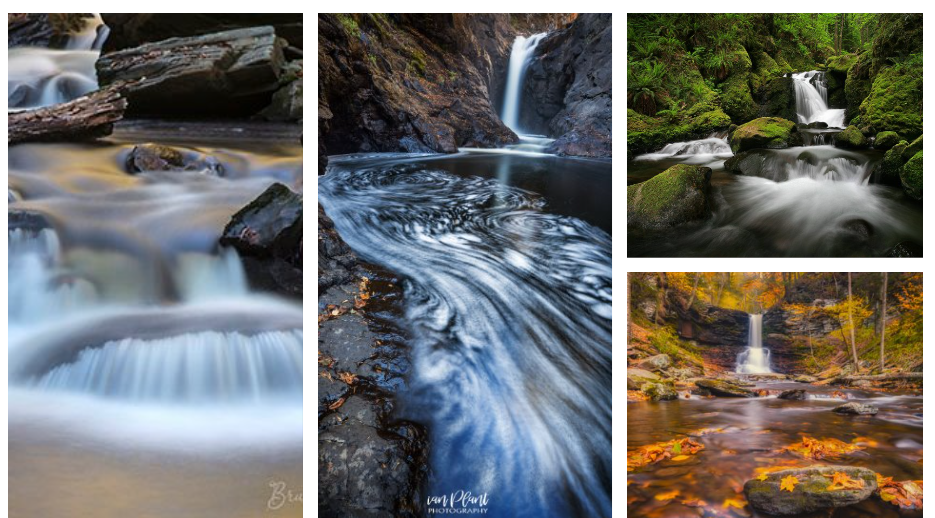
Abstract landscapes – Combine slow shutter speed with intentional camera movement to create landscapes in motion

Low perspectives
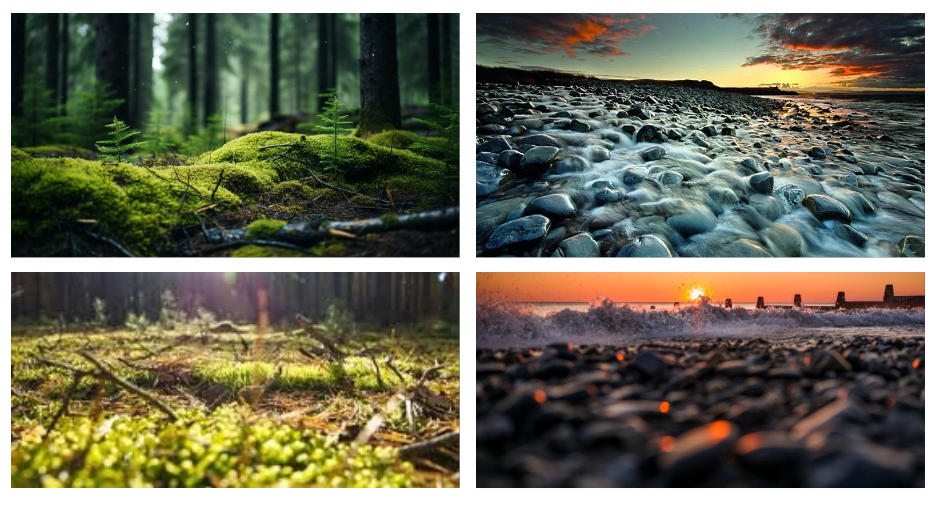
Agricultural lines
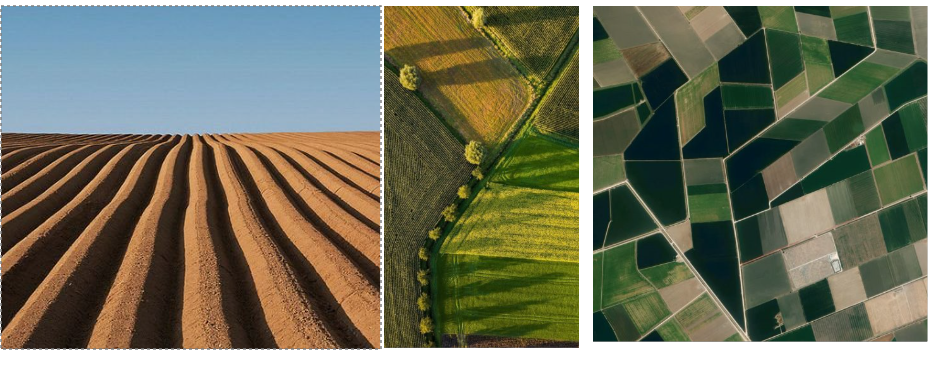
High Contrast, tonal photos.
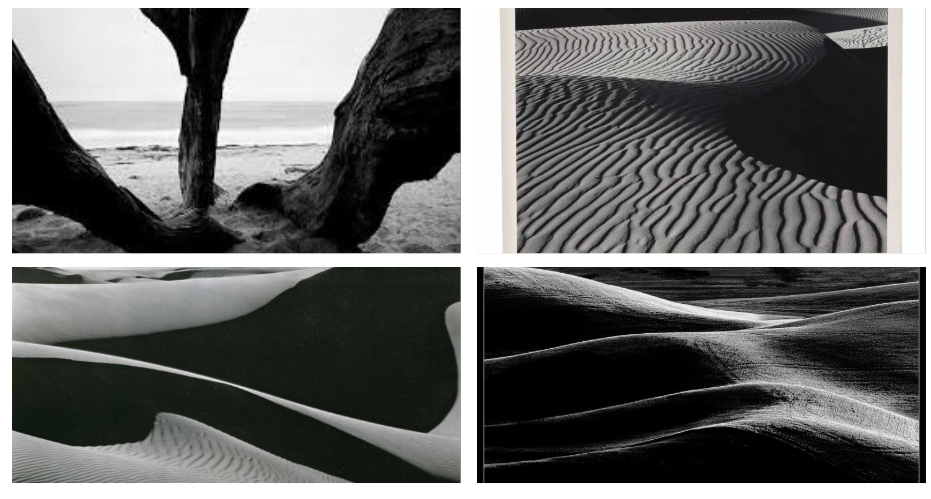
Landscapes in Reflections

Double layered / Double Exposure landscapes
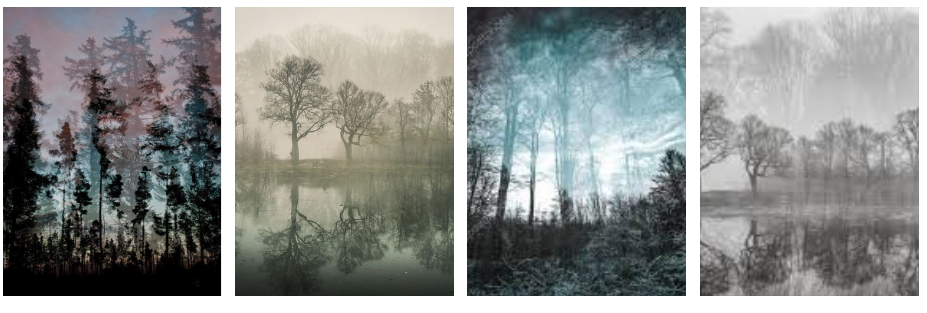
A tutorial on how to edit like like the images below can be found here
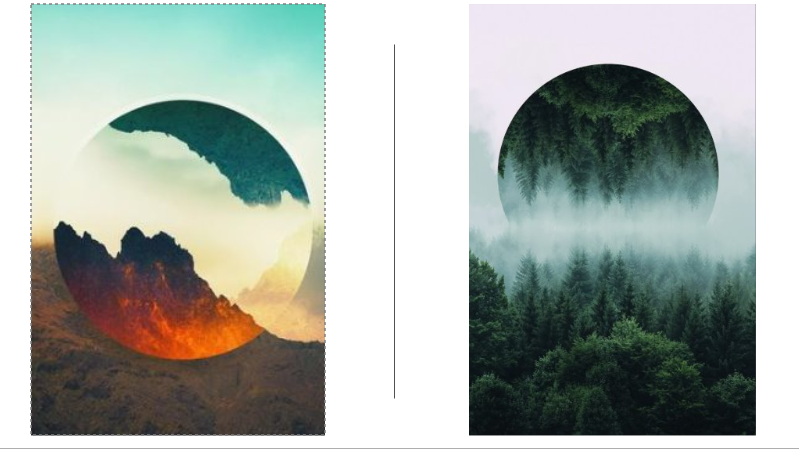
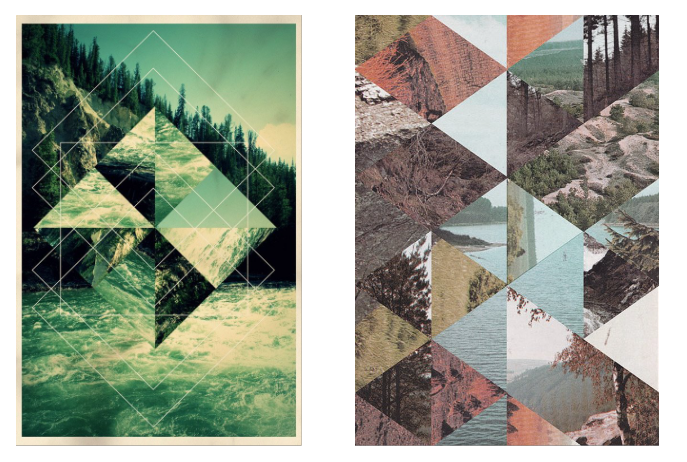
A tutorial on how to edit like Jelle Martens can be found here
Edits like Guy Catling
